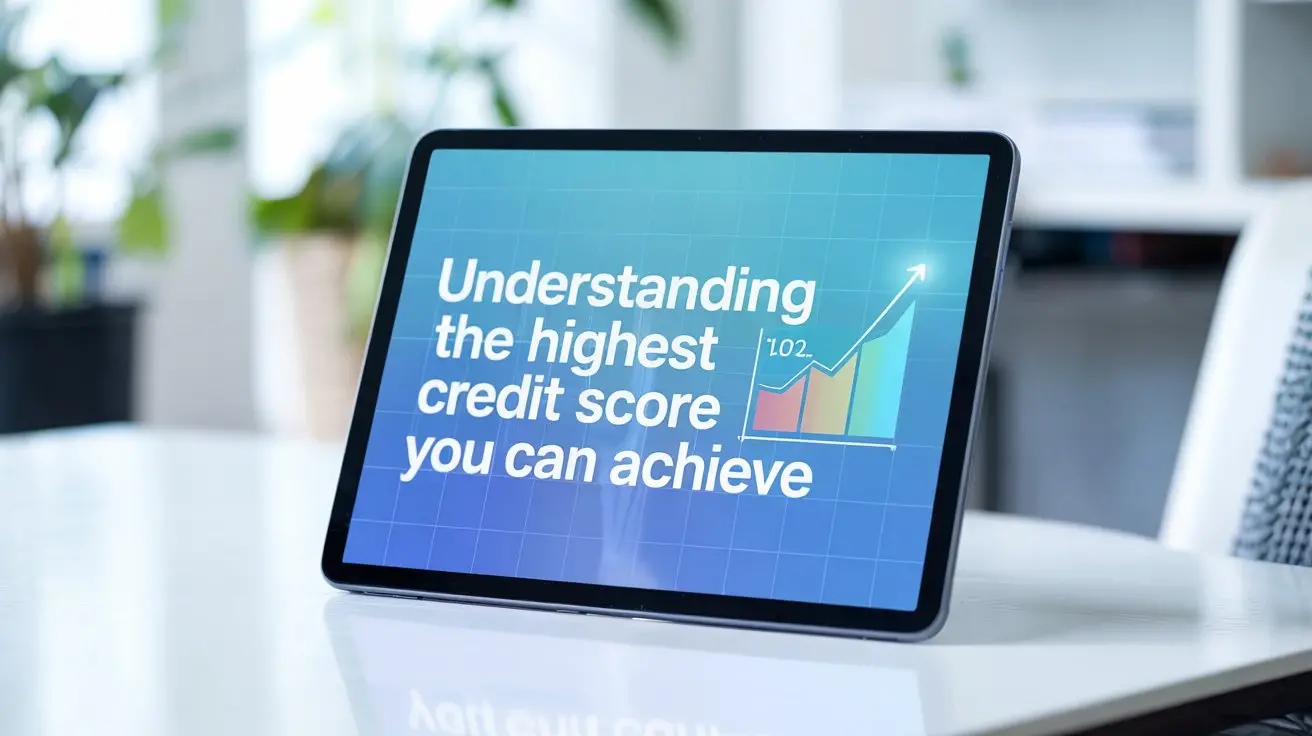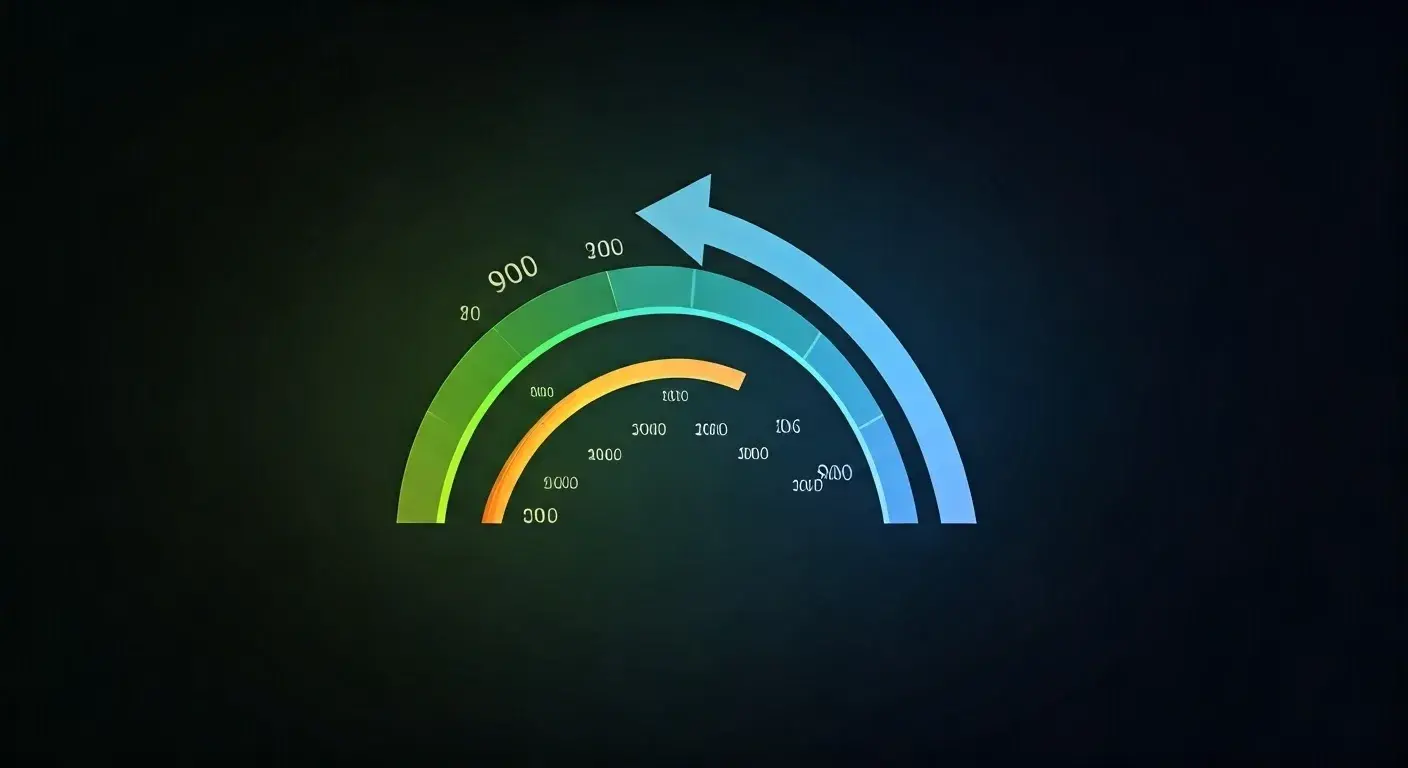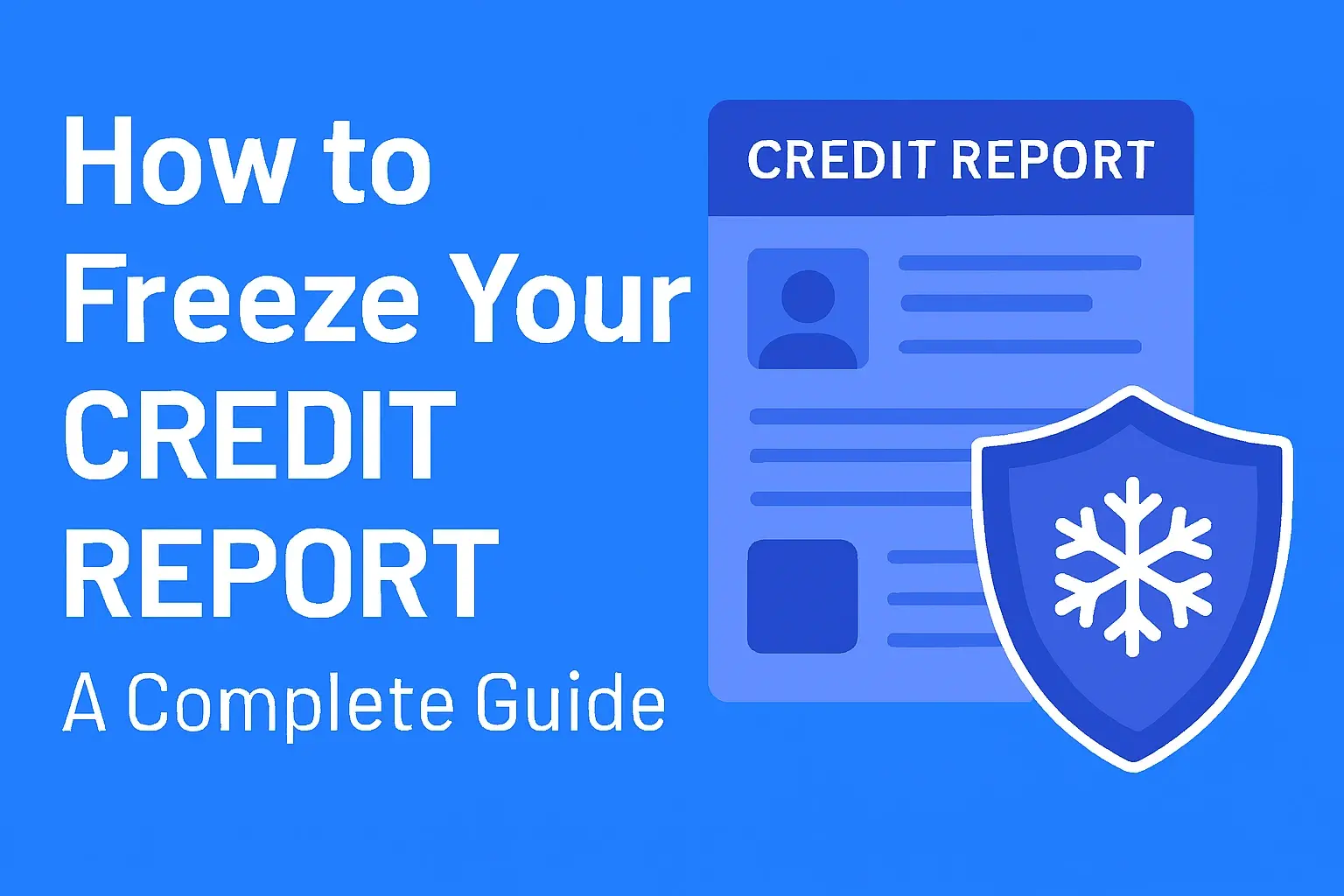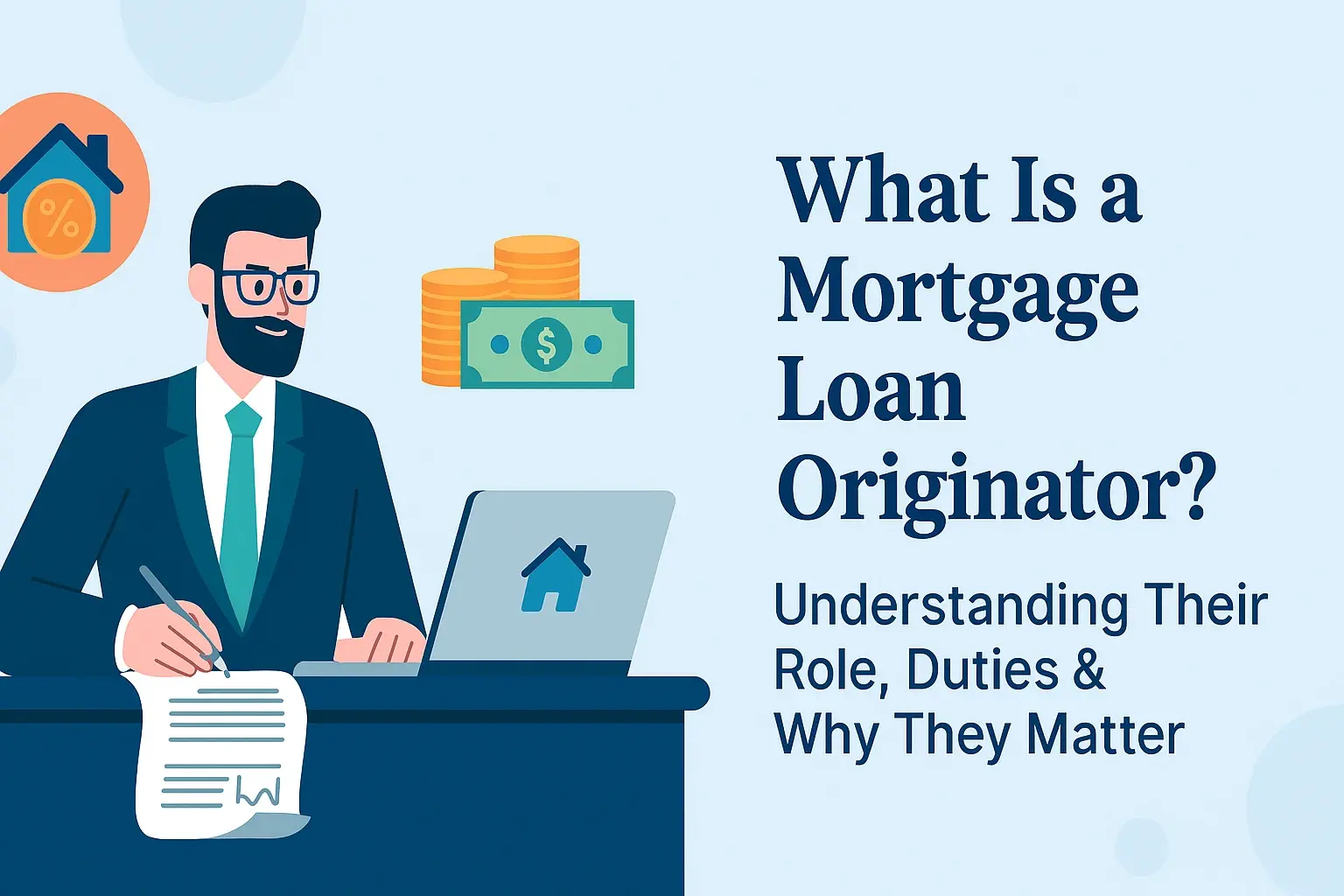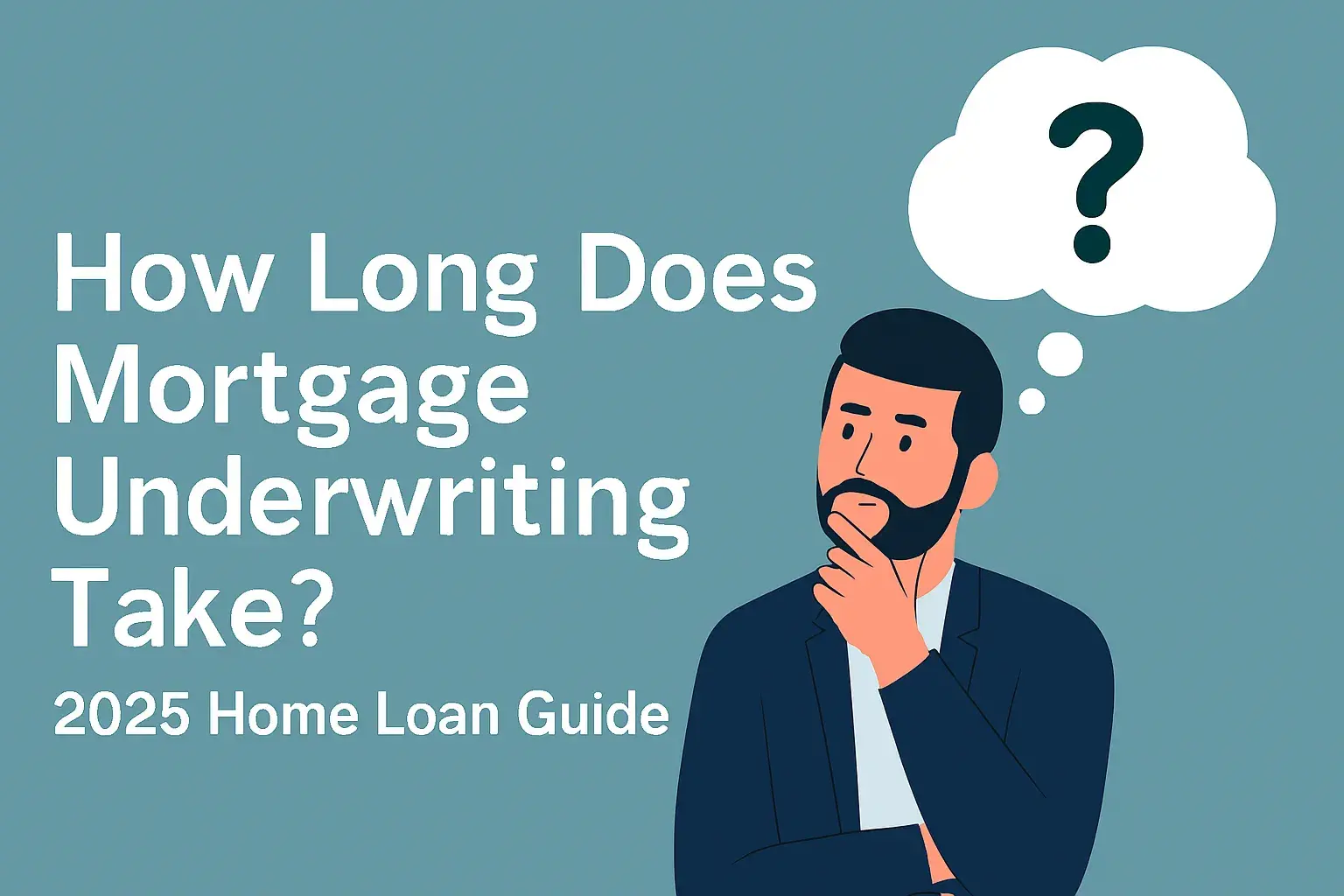-
Posted on: 17 Jul 2024Updated on November 2025
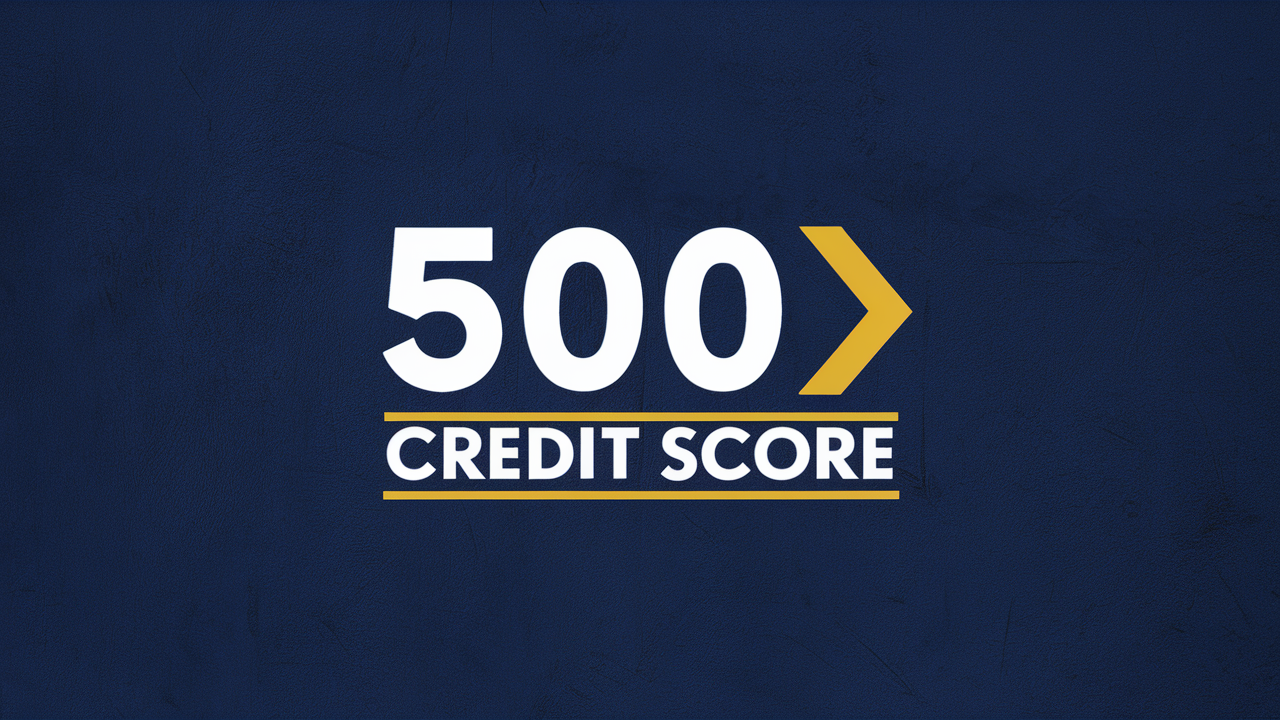
-
A credit score of 500 is generally considered very poor and can significantly impact your financial life. It can make it difficult to get approved for loans, credit cards, and even rent an apartment. The good news is: Yes, a 500 credit score is fixable. It requires dedication, patience, and a strategic approach, but it's definitely achievable. This comprehensive guide will walk you through the steps you can take to improve your credit score and get back on track.
Understanding Your Credit Score
Before diving into how to fix your credit score, it’s crucial to understand what a credit score is and how it's calculated. A credit score is a three-digit number that represents your creditworthiness. It predicts how likely you are to repay a debt. The most widely used credit scoring models are FICO and VantageScore.
Credit Score Ranges:
- Exceptional (800-850): Excellent credit risk.
- Very Good (740-799): Good credit risk.
- Good (670-739): Acceptable credit risk.
- Fair (580-669): Below average credit risk.
- Poor (300-579): High credit risk.
A score of 500 falls squarely within the "Poor" range.
Factors Influencing Your Credit Score:
Understanding these factors is key to creating a credit repair strategy. The main components are:
- Payment History (35%): This is the most important factor. It reflects whether you've paid your bills on time.
- Amounts Owed (30%): Also known as credit utilization, this refers to the amount of debt you owe compared to your available credit.
- Length of Credit History (15%): A longer credit history generally indicates a lower risk.
- Credit Mix (10%): Having a mix of credit accounts (e.g., credit cards, installment loans) can be beneficial.
- New Credit (10%): Opening too many new accounts in a short period can negatively impact your score.
Step 1: Obtain Your Credit Reports
The first and most crucial step is to obtain copies of your credit reports from all three major credit bureaus: Experian, Equifax, and TransUnion. You are entitled to a free credit report from each bureau annually at AnnualCreditReport.com. Review these reports carefully for any errors or inaccuracies.
Why is this important?
- Identify Errors: Mistakes such as incorrect account information, accounts that don't belong to you, or outdated negative information can negatively impact your score.
- Understand Negative Marks: Knowing what’s dragging your score down allows you to prioritize your efforts.
- Track Progress: Having a baseline report allows you to monitor your progress as you work to improve your credit.
Step 2: Dispute Inaccuracies on Your Credit Reports
If you find any errors or inaccuracies on your credit reports, you have the right to dispute them with the credit bureaus. The Fair Credit Reporting Act (FCRA) gives you this right.
How to Dispute Errors:
- Gather Documentation: Collect any evidence that supports your claim (e.g., payment confirmations, account statements).
- Write a Dispute Letter: Clearly explain the error and why you believe it's incorrect. Include copies of your supporting documentation. There are many free dispute letter templates available online.
- Send the Letter via Certified Mail: This provides proof that the credit bureau received your dispute.
- Follow Up: The credit bureaus have 30 days to investigate your dispute. They will contact the creditor to verify the information.
- Review the Results: If the credit bureau agrees with your dispute, they will update your credit report. If they disagree, you have the right to add a statement to your report explaining your side of the story.
Step 3: Focus on Payment History
Since payment history accounts for 35% of your credit score, this is the area where you can make the most significant impact. Here's how to improve your payment history:
- Pay Bills on Time, Every Time: Set up automatic payments or reminders to ensure you never miss a due date. Even one late payment can negatively affect your score.
- Bring Delinquent Accounts Current: If you have any past-due accounts, prioritize bringing them current as quickly as possible. While the late payment will still remain on your report for seven years, becoming current shows responsibility.
- Consider a Secured Credit Card: If you have trouble getting approved for a traditional credit card due to your low score, a secured credit card can be a good option. These cards require a cash deposit as collateral, making them less risky for the lender. Use the card responsibly and pay your balance on time each month to build credit.
- Credit Builder Loan: These loans are designed to help people with poor credit establish a positive payment history. You make fixed monthly payments, and the lender reports those payments to the credit bureaus. The loan proceeds are typically held in a savings account until the loan is repaid.
Step 4: Reduce Your Credit Utilization
Credit utilization, the amount of credit you're using compared to your total available credit, accounts for 30% of your credit score. Aim to keep your credit utilization below 30%, and ideally below 10%. For example, if you have a credit card with a $1,000 limit, try to keep your balance below $300, or even better, below $100.
Strategies to Lower Credit Utilization:
- Pay Down Balances: The most direct way to lower your credit utilization is to pay down your credit card balances.
- Ask for Credit Limit Increases: Requesting a credit limit increase can lower your credit utilization ratio, even if you don't spend more. However, be responsible and avoid overspending if you get approved for a higher limit.
- Open a New Credit Card (Carefully): Opening a new credit card can increase your overall available credit, which can lower your credit utilization. However, only do this if you can manage the new account responsibly and avoid accumulating more debt.
Step 5: Avoid Opening Too Many New Accounts
While opening a new credit card can sometimes be helpful for lowering credit utilization, avoid opening too many new accounts in a short period. Each application for credit results in a "hard inquiry" on your credit report, which can slightly lower your score. Focus on building a solid track record with your existing accounts before applying for new ones.
Step 6: Be Patient and Persistent
Improving a credit score from 500 takes time and consistent effort. There's no quick fix or magic solution. It can take several months, or even years, to see significant improvement. Don't get discouraged if you don't see results immediately. Stay committed to making on-time payments, keeping your credit utilization low, and disputing any inaccuracies on your credit reports. The longer you demonstrate responsible credit behavior, the better your score will become.
Step 7: Consider Credit Counseling
If you're struggling to manage your debt or improve your credit score on your own, consider seeking help from a reputable credit counseling agency. These agencies offer services such as:
- Debt Management Plans (DMPs): A DMP can help you consolidate your debts and make lower monthly payments.
- Budgeting Assistance: Credit counselors can help you create a budget and develop strategies for managing your finances.
- Credit Education: They can provide you with information and resources to help you understand credit and how to improve your score.
Make sure to choose a reputable credit counseling agency that is accredited by the National Foundation for Credit Counseling (NFCC) or the Association for Financial Counseling & Planning Education (AFCPE).
Beware of Credit Repair Scams
Be wary of companies that promise to quickly "erase" negative information from your credit report or guarantee a specific credit score increase. These companies often charge exorbitant fees and may engage in illegal or unethical practices. The only legitimate way to improve your credit score is by practicing responsible credit habits and disputing inaccuracies on your credit reports.
The Timeline for Improvement
The amount of time it takes to improve a 500 credit score depends on several factors, including:
- The severity of your credit problems: If you have a history of late payments, collections, or bankruptcies, it will take longer to improve your score.
- The actions you take: The more consistently you follow the steps outlined in this guide, the faster you'll see results.
- The information on your credit report: Negative information remains on your credit report for a certain amount of time (e.g., late payments for seven years, bankruptcies for up to 10 years).
Generally, you can expect to see some improvement in your credit score within a few months of implementing these strategies. However, it may take a year or more to achieve a significant improvement and reach a "good" or "excellent" credit score.
Maintaining a Good Credit Score
Once you've improved your credit score, it's important to maintain good credit habits to prevent it from slipping back down. Continue to:
- Pay your bills on time, every time.
- Keep your credit utilization low.
- Avoid opening too many new accounts.
- Monitor your credit reports regularly for errors.



